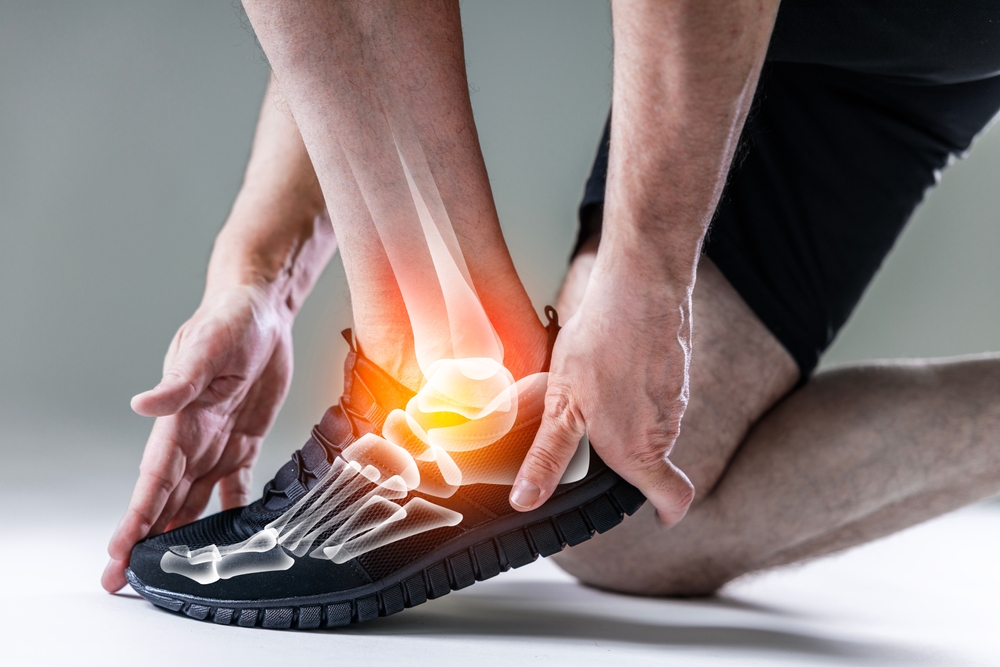Signs of a Leaky or Slipping Heart Valve People Sometimes Overlook
Many adults experience symptoms like fatigue, shortness of breath, or a fluttering feeling in the chest without knowing what may be causing them. This article explains how certain early heart valve issues can show up in subtle ways and why these changes are often mistaken for something minor. The information aims to give readers a clearer understanding of what people commonly report and how these signs tend to develop over time.

Heart valves play a crucial role in maintaining proper blood flow through the heart’s chambers. When a valve becomes leaky or begins to slip, the heart must work harder to pump blood effectively. While some valve issues cause obvious symptoms, others develop slowly and can be mistaken for other conditions or simply ignored as part of getting older.
Early Symptoms People Report
Many individuals with developing heart valve problems notice subtle changes in their physical capabilities before any major symptoms appear. Feeling unusually tired after activities that previously caused no problems is one of the most commonly reported early signs. This fatigue often worsens gradually, making it easy to attribute to stress, poor sleep, or simply being out of shape.
Shortness of breath during mild exertion, such as climbing a single flight of stairs or walking short distances, frequently appears early in valve disease. Some people also experience difficulty breathing when lying flat, which may improve when propped up with pillows. Dizziness or lightheadedness, particularly when standing up quickly, can occur as the heart struggles to maintain adequate blood flow. Palpitations or a fluttering sensation in the chest may also develop, though many people dismiss these as anxiety or caffeine-related.
Swelling in the ankles, feet, or abdomen can indicate that the heart is not pumping efficiently, causing fluid to accumulate in the body. Some individuals notice their shoes feel tighter by the end of the day or that rings no longer fit comfortably. These signs often appear gradually and may fluctuate, making them easy to overlook or rationalize.
How Mild Valve Changes Can Feel
In the early stages of valve disease, symptoms may be so subtle that they go unnoticed or are attributed to other causes. Many people describe feeling slightly winded or needing to pause during activities they previously completed without effort. This might include taking breaks while carrying groceries, feeling unusually tired after light housework, or needing more recovery time after exercise.
Some individuals experience a persistent cough, particularly when lying down, which they may mistake for allergies or a lingering cold. Others notice their heart beating irregularly or feel an uncomfortable awareness of their heartbeat, especially during rest. Chest discomfort or pressure, though not always painful, can occur as the heart works harder to compensate for the faulty valve.
These mild changes often develop so gradually that people adjust their activities without realizing they are compensating for a medical issue. They might unconsciously avoid stairs, decline invitations to walk with friends, or attribute their reduced stamina to aging rather than recognizing it as a potential health concern.
Common Lifestyle Factors Linked to Heart Strain
Certain lifestyle factors can increase the risk of developing heart valve problems or exacerbate existing valve issues. High blood pressure forces the heart to work harder, which can weaken valve structures over time. Uncontrolled hypertension is one of the most significant modifiable risk factors for valve disease.
Smoking damages blood vessels and reduces oxygen delivery throughout the body, placing additional strain on the heart. The chemicals in tobacco can also contribute to calcium buildup on valve leaflets, leading to stiffening and reduced function. Obesity increases the workload on the heart and is associated with higher rates of valve problems, particularly as excess weight contributes to other risk factors like diabetes and high cholesterol.
Sedentary behavior weakens the cardiovascular system overall, making it less resilient when valve problems develop. Conversely, excessive alcohol consumption can lead to heart muscle damage and irregular heart rhythms that affect valve function. A diet high in sodium can worsen fluid retention and increase blood pressure, both of which stress the heart and valves.
Previous infections, particularly rheumatic fever during childhood, can cause long-term valve damage that may not become apparent until decades later. Certain medications and medical conditions, including autoimmune diseases, can also affect valve health over time.
What Doctors Look for During Routine Checkups
During a standard physical examination, physicians use several methods to assess heart valve function. Listening to the heart with a stethoscope allows doctors to detect abnormal sounds called murmurs, which can indicate turbulent blood flow through a leaky or narrowed valve. The timing, location, and characteristics of these sounds provide important clues about which valve may be affected and the severity of the problem.
Doctors check blood pressure and pulse, looking for irregularities that might suggest valve issues. They examine the neck veins for signs of congestion and check the ankles and legs for swelling. Lung sounds are assessed to detect fluid accumulation that might result from heart failure related to valve disease.
When a murmur or other concerning sign is detected, physicians typically order additional tests. An echocardiogram uses ultrasound to create detailed images of the heart valves in motion, showing how well they open and close and whether blood is leaking backward. Electrocardiograms record the heart’s electrical activity and can reveal rhythm abnormalities or signs of heart enlargement. Chest X-rays may show an enlarged heart or fluid in the lungs.
Blood tests can identify markers of heart strain or other conditions that might affect valve function. In some cases, stress tests or cardiac catheterization may be necessary to fully evaluate valve function and determine the best treatment approach.
Regular checkups become increasingly important with age, as valve disease becomes more common in older adults. People with known risk factors, such as a history of rheumatic fever, congenital heart defects, or a family history of valve problems, should discuss appropriate screening schedules with their healthcare providers.
This article is for informational purposes only and should not be considered medical advice. Please consult a qualified healthcare professional for personalized guidance and treatment.
Recognizing the subtle signs of heart valve problems and understanding risk factors can lead to earlier diagnosis and better outcomes. While many valve issues develop gradually, prompt medical attention when symptoms appear allows for appropriate monitoring and intervention when necessary. Maintaining a heart-healthy lifestyle and attending regular checkups remain the best strategies for protecting valve function and overall cardiovascular health.




